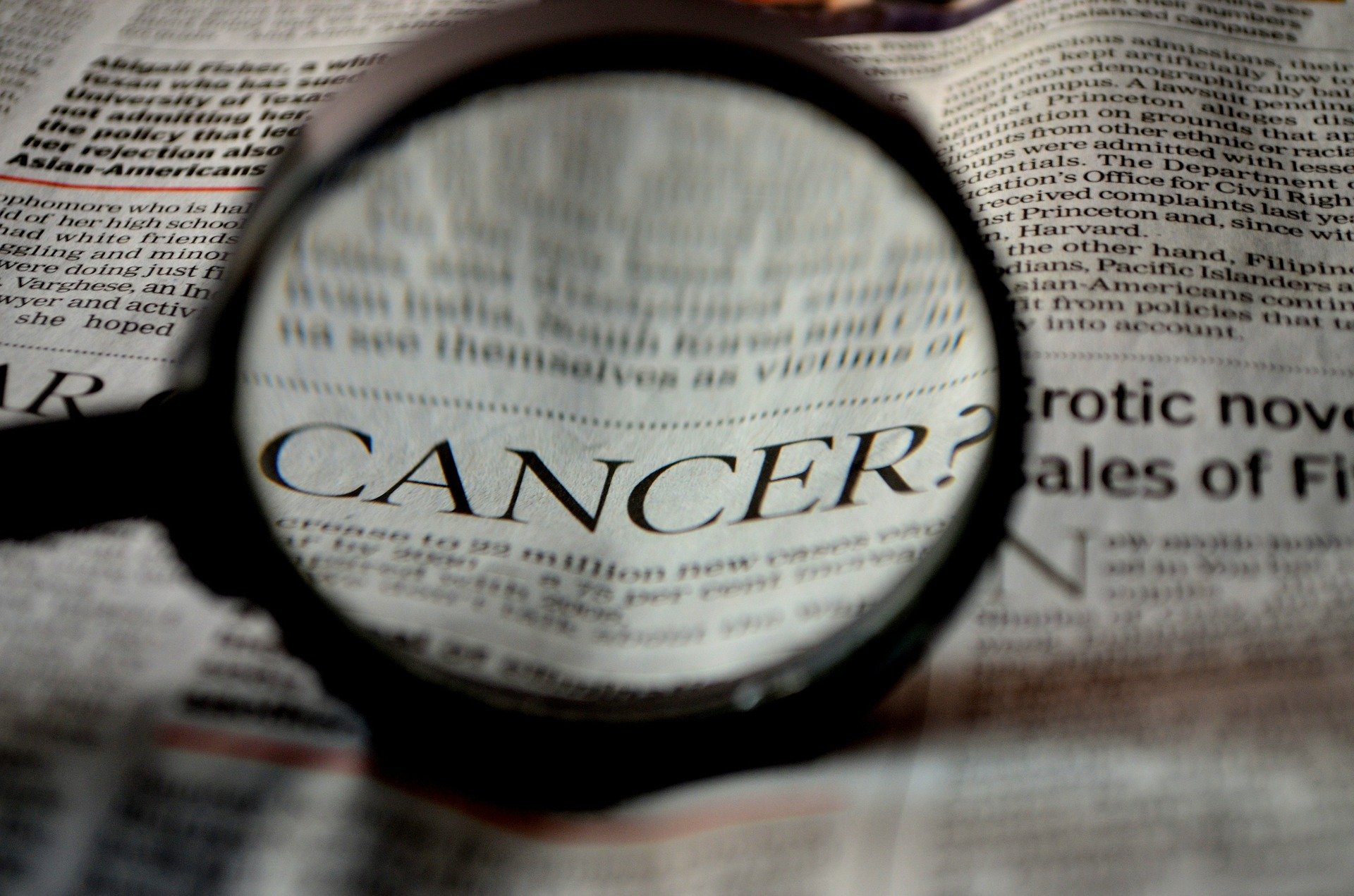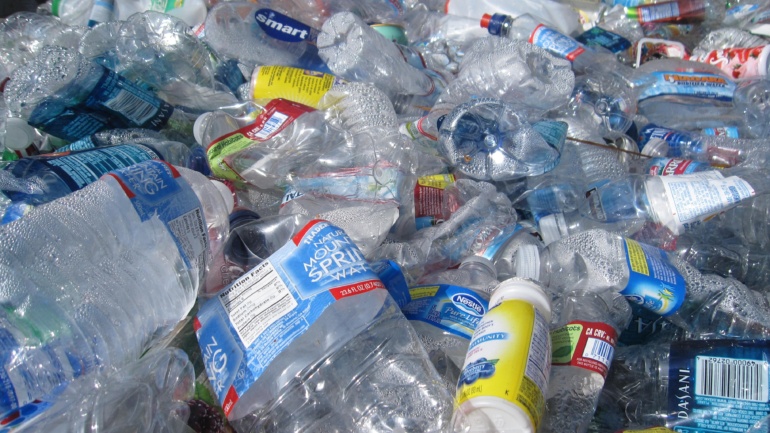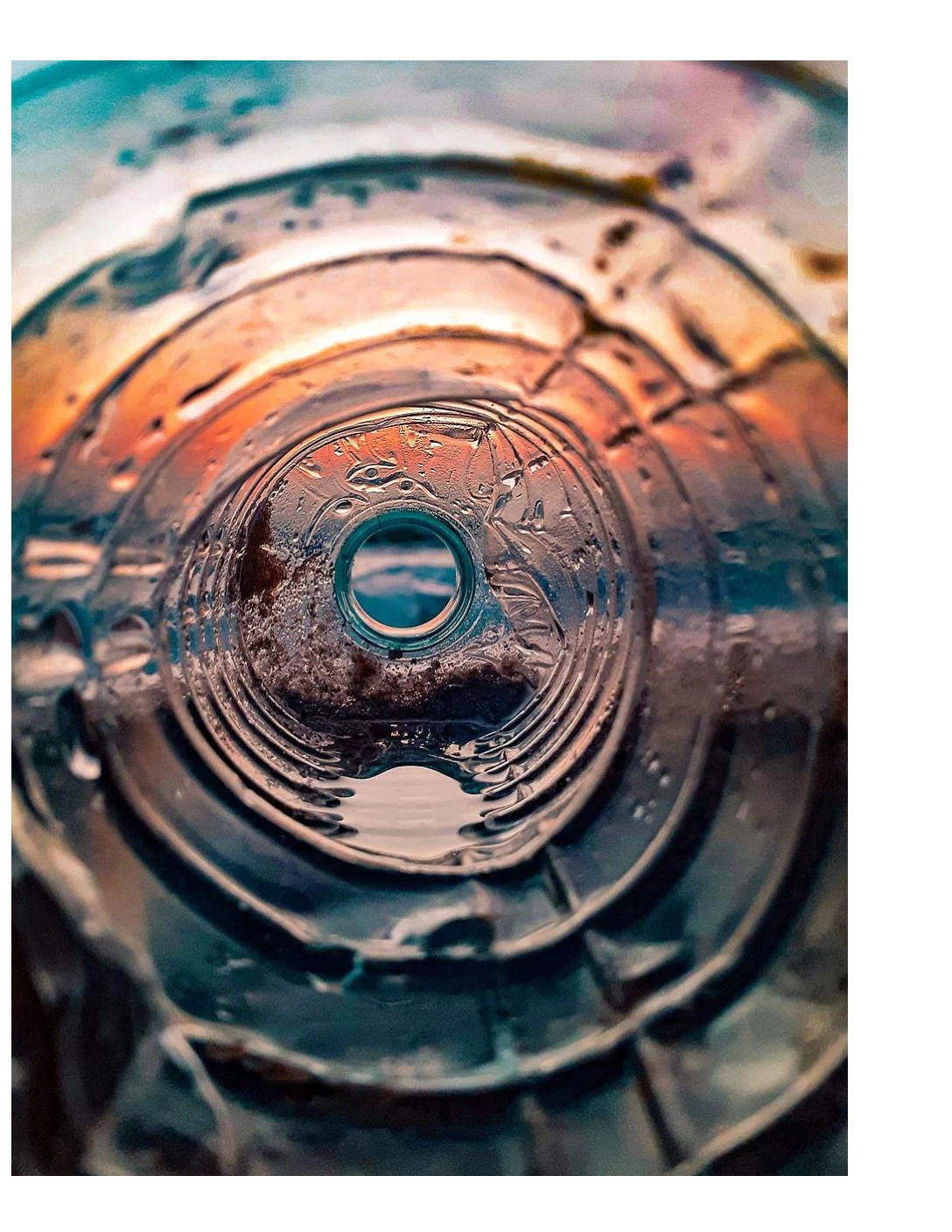By Victor Rivera-Diaz, Staff Writer & Researcher at Save the Water™
According to a recent study, a lifetime of drinking tap water could put you at risk for cancer. The non-profit Environmental Working Group (EWG) recently conducted a study and issued this finding. Specifically, the study predicts 100,000 new cancer cases could occur among people who drink tap water throughout their life.¹ The study looked at the cumulative effect of more than one pollutant such as arsenic and radioactive contaminants. “Contaminants” are things that contaminate, meaning substances that make water unfit for use because of unwanted elements, such as sewage.² These pose the greatest risk for people who live in rural or dry areas.
Clear Water is Not Always Clean
Just because water is clear doesn’t mean it’s safe. In fact, arsenic is a contaminant with no simple “trace.” In other words, you can’t taste it, see it, or smell it.³ In addition to arsenic, the EWG also looked into two types of natural compounds in water: radioactive contaminants and disinfection byproducts. These pollutants include trihalomethanes which form when chlorine reacts with natural organic and inorganic matter. For example, adding common household bleach to water containing decaying plants and algae can produce trihalomethanes.⁴
In a study published in the journal Heylion, EWG researchers argue that prolonged exposure to multiple contaminants in water increases the chances of becoming ill. EWG researchers examined 22 known, cancer-causing chemicals in United States drinking water. These were detected in the years 2010 to 2017.
Researchers predict that nearly 100,000 cancer cases could result from drinking contaminated water for a lifetime. By comparison, this number represents only a fraction of the total number of cancer cases estimated by the American Cancer Society in 2018, roughly 1.7 million.⁵
However, EWG’s vice president of science investigations, Olga Naidenko explained that water contamination is linked to a higher rate of cancer cases arising from environmental causes, i.e. a person’s surroundings.⁶ Of the 100,000 cancer cases, around 45,000 were linked to disinfection byproducts and 45,000 to arsenic. The remaining 4,500 cases were linked to radioactive contaminants, such as radium and uranium. You can read more about uranium in water here.
The Source of the Problem
Globally, the United States ranks high on water quality standards. For instance, biological contaminants such as the bacterium E. coli are no longer a concern for most communities.⁷ However, cancer-causing contamination continues to be a problem in rural and dry areas.
For example, the EWG study noted that rural communities that receive their water supply from groundwater systems are problem areas due to poor infrastructure and lack of funding.
In addition, the study identified public water systems supplied by surface water in dry areas as being at greater risk of contaminants compared to groundwater sources.⁸ Without enough water to dilute potential contaminants such as cleaning products, they begin to build up in surface water.
During a drought, pumping groundwater is often necessary in these areas. But local water authorities in dry places such as California’s Central Valley have not found a link between multiple contaminants and the risk of cancer.⁹ For this reason, the study focused on chemicals that are not only monitored but also considered safe at present levels.
Reducing the Cancer Risk: Three Things You Can Do Now
According to the United States Environmental Protection Agency, most public water systems meet public health standards.¹⁰ However, this conclusion is based on evaluations of a single chemical per assessment. In real world conditions, however, a mix of chemicals in a supply is more likely the case.
To protect yourself, you must look for information on local water supplies and possible alternatives, if necessary. Here are three ways you can stay safe:
- Keep up to date on local supplies of water.
- Buy a filter that can eliminate problem chemicals.
- Consider buying bottled water for a short time in areas with a known risk.
While the EWG does not discourage people from relying on their tap water, communities should stay informed and safe.
References
- Evans, Sydney, Chris Campbell, and Olga V. Naidenko. 2019. “Cumulative Risk Analysis of Carcinogenic Contaminants in United States Drinking Water.” Heliyon 5 (9). https://doi.org/10.1016/j.heliyon.2019.e02314.
- Contaminate. (n.d.) In Merriam-Webster’s online dictionary. Retrieved from https://www.merriam-webster.com/dictionary/contaminate
- Gamboa-Loira, Brenda, Mariano E. Cebrián, Francisco Franco-Marina, and Lizbeth López-Carrillo. 2017. “Arsenic Metabolism and Cancer Risk: A Meta-Analysis.” Environmental Research 156 (April): 551–58. https://doi.org/10.1016/j.envres.2017.04.016.
- New Hampshire Department of Environmental Services. 2006. “Trihalomethanes: Health Information Summary.” Environmental Fact Sheet. https://www.des.nh.gov/organization/commissioner/pip/factsheets/ard/documents/ard-ehp-13.pdf
- American Cancer Society. 2018. “Cancer Facts & Figures 2018.” Atlanta. https://www.cancer.org/content/dam/cancer-org/research/cancer-facts-and-statistics/annual-cancer-facts-and-figures/2018/cancer-facts-and-figures-2018.pdf.
- Holden, Emily. 2019. “Tap Water Contaminants Linked with 100,000 Cancer Cases, US Study Finds.” The Guardian, 2019. https://www.theguardian.com/environment/2019/sep/19/tap-water-contaminants-linked-with-cancer-cases-study.
- Roberson, J. Alan. 2019. “Drinking Water: If We Don’t Learn From History, We Are Bound to Repeat It.” Journal – American Water Works Association 111 (3): 18–24. https://doi.org/10.1002/awwa.1249.
- Kalankesh, Laleh R., Mohammad Ali Zazouli, Heru Susanto, and Esmaeil Babanezhad. 2019. “Variability of TOC and DBPs (THMs and HAA5) in Drinking Water Sources and Distribution System in Drought Season: The North Iran Case Study.” Environmental Technology (United Kingdom). https://doi.org/10.1080/09593330.2019.1621952.
- Stoiber, Tasha, Alexis Temkin, David Andrews, Chris Campbell, and Olga V. Naidenko. 2019. “Applying a Cumulative Risk Framework to Drinking Water Assessment: A Commentary.” Environmental Health 18 (1): 37. https://doi.org/10.1186/s12940-019-0475-5.
- United States Environmental Protection Agency, 2019. Enforcement and Compliance History Online. National Drinking Water Activity Dashboard. https://echo.epa.gov/trends/comparative-maps-dashboards/drinking-water-dashboard.





